Mugwort Profile
Written by admin
Nov 03 2020
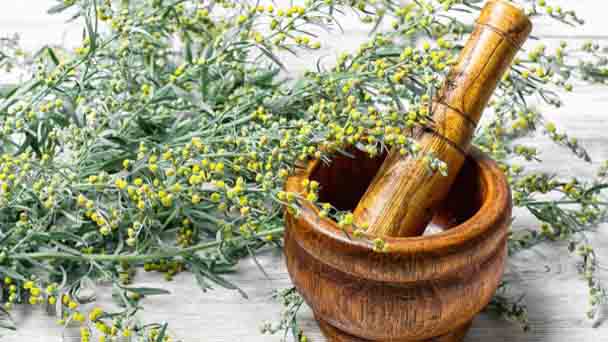
Mugwort is a plant of the genus Compositae and Artemisia. It is a perennial herb or slightly semi-shrubby with a strong fragrance. The taproot is obvious, slightly thick and long, with a diameter of 1.5 cm, and more lateral roots. The stem is solitary or few, 80-150 (-250) cm high. The leaves are thick paper, covered with gray-white pubescent hairs, with white glands and small pits. The flower head is oval, 2.5-3mm in diameter, sessile or nearly sessile. Achenes are long ovoid or oblong. Mugwort's flowering and fruiting period is generally from July to October.
Mugwort morphological characteristicsMugwort efficacy and roleThe medicinal value of mugwortThe economic value of mugwortEdible value of mugwortMugwort growth habit and growing environment and distributionMugwort cultivationSowing of mugwortRamets of mugwort
Mugwort is distributed in Mongolia, North Korea, Russia (Far East) and China. It is also cultivated in Japan. Mugwort is found in wastelands, roadside rivers and hillsides in low to mid-elevation areas. Mugwort is also found in forest grassland and grassland areas. Some areas are the dominant species of plant communities.
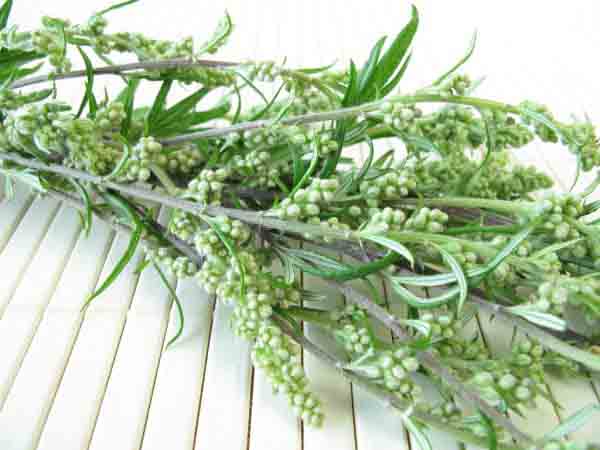
Mugwort morphological characteristics
Mugwort is a perennial herb or slightly semi-shrub-like, and the plant has a strong aroma. The main root is obvious, slightly thick and long, with a diameter of 1.5 cm and many lateral roots; there are often lying underground rhizomes and vegetative branches. The stem of mugwort is solitary or a few, 80-150 cm high, with obvious longitudinal ribs, brown or grayish brown, slightly lignified at the base, grassy on the upper part, with a few short branches, 3-5 cm long; Stems and branches are covered with gray spider silky pilose. The leaves of such a herb are thick and papery, with off-white pubescent hairs on the top, white glands and small pits, and densely covered with off-white spider filamentous dense hairs on the back; basal leaves with long stalks, withered during flowering; the lower part of the stem leaves nearly round or wide oval, pinnately deep-lobed, with 2-3 lobes on each side, lobes elliptical or obovate-oblong, with 2-3 small lobes in each lobule, the dorsal and lateral veins are mostly dark brown after drying Or rust-colored, the petiole is 0.5-0.8 cm long; the middle leaf of mugwort is ovate, triangular-ovate or nearly diamond-shaped, 5-8 cm long, 4-7 cm wide.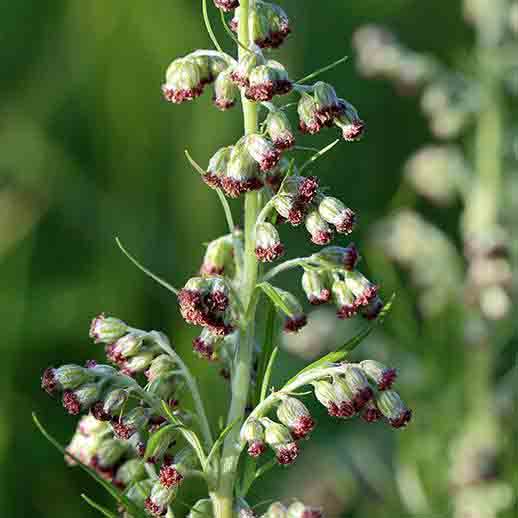
Mugwort efficacy and role
The medicinal value of mugwort
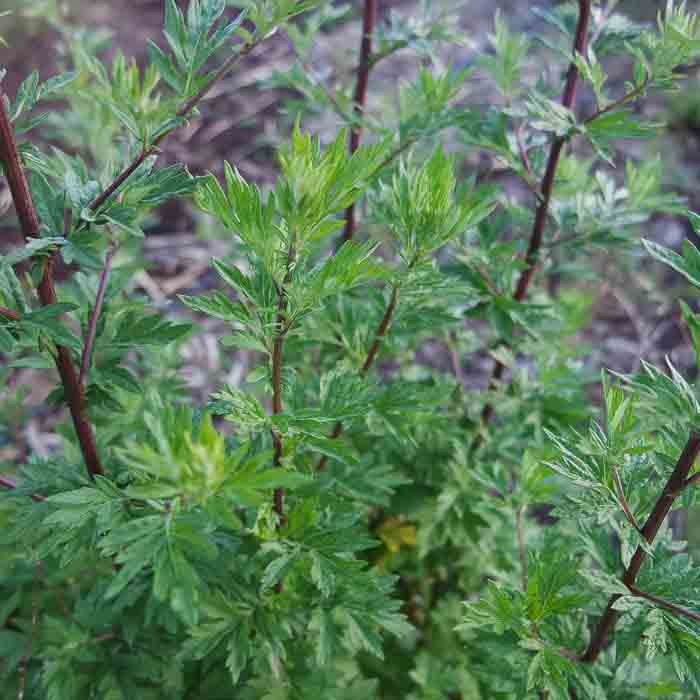
The economic value of mugwort
Mugwort is dried and mashed to make moxa sticks for moxibustion, and it can also be used as a raw material for inkpad. Besides, the whole grass is used as insecticide pesticide or smoke fume as room disinfection and insecticide. Mugwort is dried and crushed into mugwort powder, which is a high-quality feed additive for livestock and poultry. Mugwort can also be used as a natural plant dyes.Edible value of mugwort
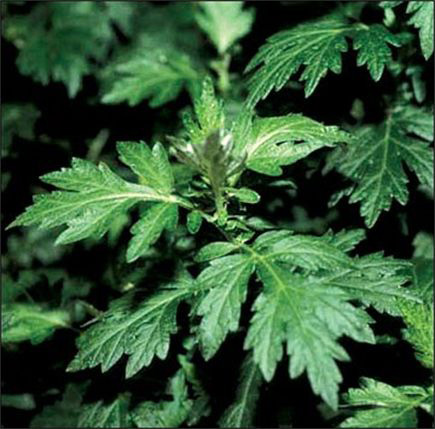
Mugwort growth habit and growing environment and distribution
Mugwort is born in wastelands, roadside rivers and mountain slopes in low to mid-elevation areas. It is also found in forest grassland and grassland areas. Some areas are the dominant species of plant communities. Mugwort is very easy to multiply and grow, and it has a strong adaptability to climate and soil. It is resistant to cold and drought, prefers a warm and humid climate, and grows better in moist and fertile soil. Mugwort is cultivated in hilly and low-middle-mountain areas. The growth period of Mugwort is 24-30℃. When the temperature is higher than 30℃, the stems are prone to aging, branching, and disease and insect pests are aggravated; when the low temperature in winter is less than -3℃, the ratoon growth will not grow.Mugwort is widely distributed in Mongolia, North Korea, Russia (Far East), and cultivated in China and Japan.
Mugwort cultivation
Sowing of mugwort
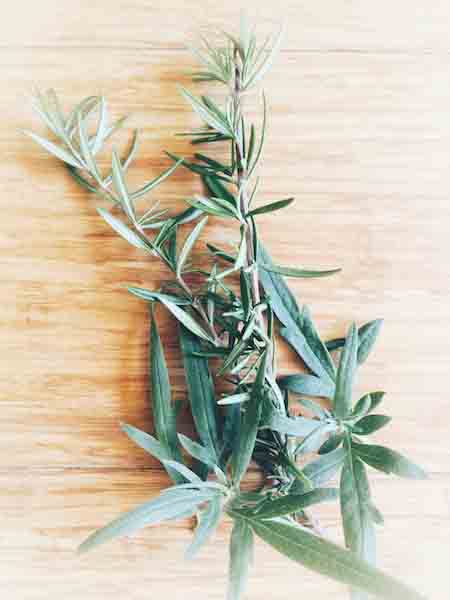
Ramets of mugwort
Mugwort has a strong tillering ability. Generally, one plant of Mugwort can till several to dozens of plants a year, which can be used as a material for ramet propagation. Therefore, most of the production uses the method of ramets propagation, which is also the main propagation method of artificial cultivation. Every year from March to April, when the mugwort seedlings grow from rhizomes are 15-20 cm high, when the soil is moist, preferably after rain or after watering, you’d better dig out the whole plants of mugwort and plant them with a row spacing of 45 cm × 30 cm. If there is no precipitation in the next 2-3 days, you could drip water to keep moisture.Latest Updated
- Benefits of Bugleweed - 7 Science-backed Health Benefits
- Bugleweed Dangers & Side Effects - Is It Poisonous?
- How to Plant Evergreen Trees - What You Should Know
- When to Plant Evergreens - Grow Guide for Evergreen Trees
- 12 Wonderful Evergreen Shrubs for Your Garden
- 12 Popular Evergreen Plants with Pictures for Beginners
- When And How To Prune A Lilac Bush Like a Pro
- How to Grow & Care for Lilac Vine (Hardenbergia Violacea)
- Japanese Lilac Tree (Syringa Reticulata) Care & Propagation Guide
- Shumard Oak Pros and Cons - What to Know
Popular Articles
- Winter maintenance of Antirrhinum Majus
- How to Grow Terminalia Mantaly Tree
- How to Grow and Care for Crossostephium Chinense
- How to grow Antirrhinum Majus in spring
- Peristeria Elata (Dove Orchid) Profile: Info & Care Guide
- Underwatered Snake Plant (Sansevieria Trifasciata) - Signs And How To Fix
- How to Care for Brazilian Jasmine Plant (Mandevilla Sanderi)
- How to Grow & Care for Graptopetalum Purple Delight in Summer
- Rosa Chinensis (China Rose): Plant Growing & Care Tips
- How to Care for Baby Sun Rose (Aptenia Cordifolia)